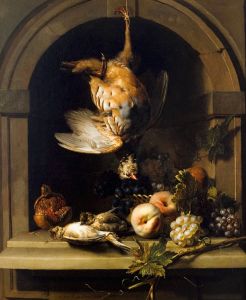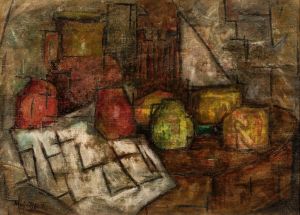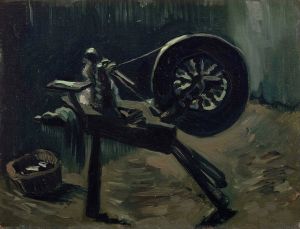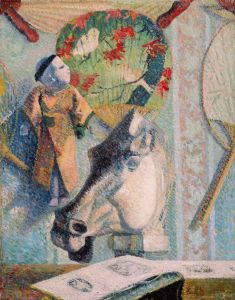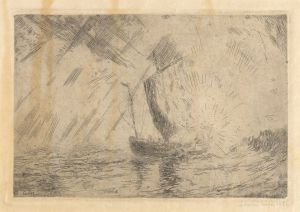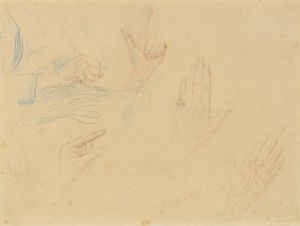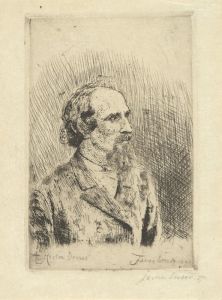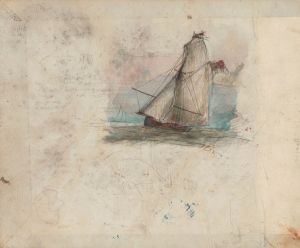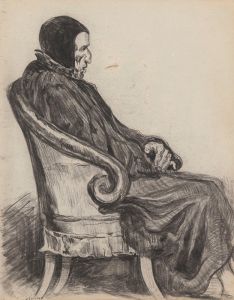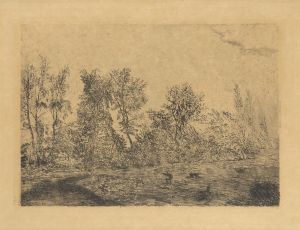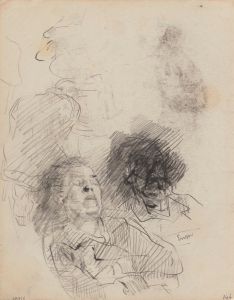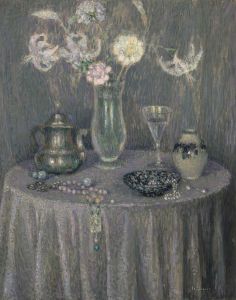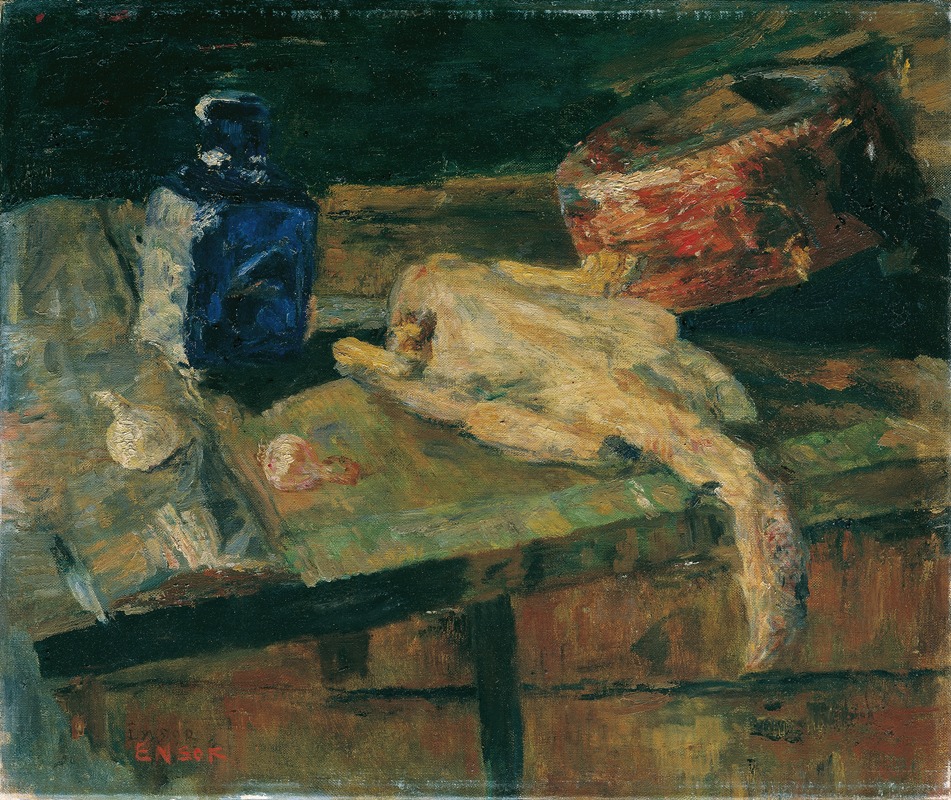
Stillleben mit blauer Flasche und gerupftem Huhn
A hand-painted replica of James Ensor’s masterpiece Stillleben mit blauer Flasche und gerupftem Huhn, meticulously crafted by professional artists to capture the true essence of the original. Each piece is created with museum-quality canvas and rare mineral pigments, carefully painted by experienced artists with delicate brushstrokes and rich, layered colors to perfectly recreate the texture of the original artwork. Unlike machine-printed reproductions, this hand-painted version brings the painting to life, infused with the artist’s emotions and skill in every stroke. Whether for personal collection or home decoration, it instantly elevates the artistic atmosphere of any space.
James Ensor was a Belgian painter and printmaker, known for his unique and often avant-garde style that contributed significantly to the development of Expressionism and Surrealism. One of his notable works is "Stillleben mit blauer Flasche und gerupftem Huhn" (translated as "Still Life with Blue Bottle and Plucked Chicken"). This painting exemplifies Ensor's distinctive approach to still life, a genre he explored with a sense of whimsy and a touch of the macabre.
Created during a period when Ensor was deeply engaged with the themes of mortality and the grotesque, "Stillleben mit blauer Flasche und gerupftem Huhn" reflects his fascination with the interplay between life and death. The painting features a plucked chicken, a blue bottle, and various other objects arranged in a seemingly chaotic yet deliberate manner. Ensor's choice of subject matter and his bold use of color and light imbue the work with a sense of drama and tension.
Ensor's technique in this painting is characterized by his use of vibrant colors and expressive brushwork. The blue bottle, a central element in the composition, draws the viewer's eye with its striking hue, contrasting sharply with the pale, almost ghostly appearance of the plucked chicken. This juxtaposition of colors and textures is a hallmark of Ensor's style, highlighting his ability to convey complex emotions and ideas through seemingly simple arrangements.
The painting also reflects Ensor's interest in the symbolism of everyday objects. The plucked chicken, for instance, can be interpreted as a symbol of vulnerability and mortality, themes that recur throughout Ensor's oeuvre. The blue bottle, on the other hand, might suggest notions of containment or preservation, adding another layer of meaning to the work. Ensor's ability to infuse ordinary objects with symbolic significance is one of the reasons his work continues to captivate audiences.
"Stillleben mit blauer Flasche und gerupftem Huhn" is also notable for its composition, which demonstrates Ensor's skill in balancing elements within the frame. The arrangement of objects creates a sense of movement and dynamism, guiding the viewer's gaze across the canvas. This compositional technique is indicative of Ensor's broader artistic practice, where he often sought to challenge traditional perspectives and engage viewers in a dialogue with the artwork.
James Ensor's contribution to modern art is widely recognized, and his works, including "Stillleben mit blauer Flasche und gerupftem Huhn," continue to be studied and appreciated for their innovative approach and emotional depth. Ensor's ability to blend humor, horror, and beauty in his paintings has left a lasting impact on the art world, influencing generations of artists who followed.
In summary, "Stillleben mit blauer Flasche und gerupftem Huhn" is a testament to James Ensor's unique vision and artistic prowess. Through his masterful use of color, composition, and symbolism, Ensor transforms a simple still life into a profound exploration of the human condition, inviting viewers to reflect on the transient nature of life and the enduring power of art.





![Nature morte au bougeoir [The Candlestick]](/imgs/216620/s/edouard-vuillard-nature-morte-au-bougeoir-the-candlestick-5fbea233.jpg)
